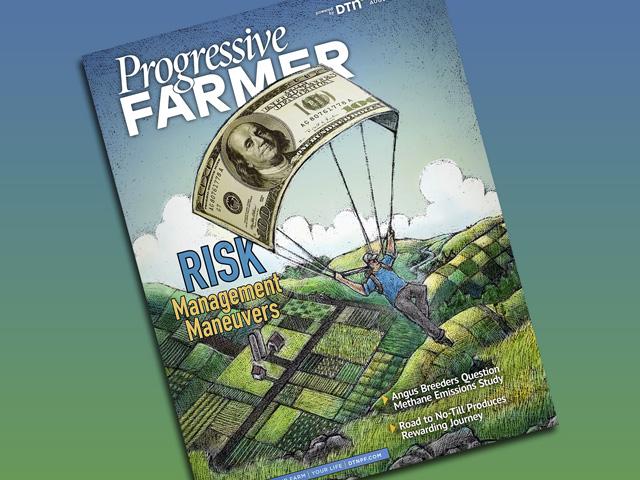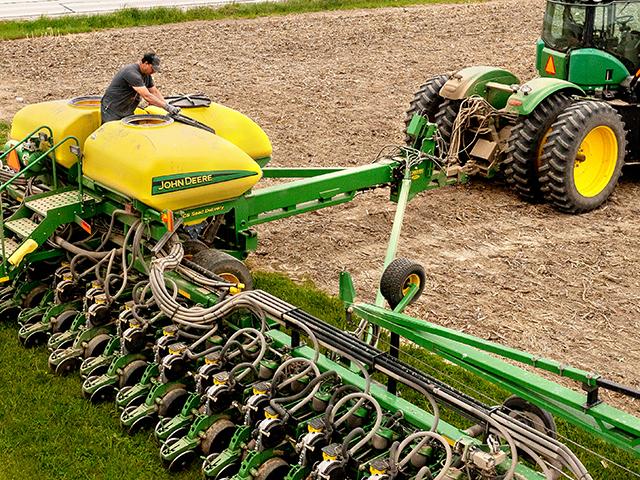Inside the Market
New Conversation Begins for Corn Prices in 2023
By now, you have probably heard USDA's early new-crop corn estimates from USDA's Agricultural Outlook Forum, an annual ritual performed Feb. 23 and 24 in Arlington, Virginia. Ninety-one million acres of planted corn are expected to produce a 15.1-billion-bushel (bb) crop. USDA expects U.S. ending corn stocks to increase from 1.27 bb in the current season to 1.89 bb in 2023-24. There is not much substance to estimates made this early in the year, but it does get the conversation started, and it provides direction for early expectations.
At DTN, our market analysts rely on the experience of our weather team's summer forecasts, and that has been a helpful advantage for our market expectations. In late 2021, DTN forecasts called for hot and dry summer conditions to dominate the 2022 growing season, and it helped DTN analysts prepare for lower-than-expected corn and soybean crops that fall. It also helped analysts correctly ignore the sell-off in row-crop prices that happened briefly in late June and July.
For the 2023 growing season, DTN weather forecasts are expecting a return of more favorable crop conditions. After a cooler-than-normal April, planting conditions look favorable in May. Other than an extension of dry conditions in Nebraska and Kansas, the 2023 growing season is expected to experience largely normal temperatures and normal precipitation, a favorable recipe for above-trend line yields. Overall, 2023 is not expected to see the high-temperature extremes that were common in 2022, and there is generous rain coverage expected in August.
P[L1] D[0x0] M[300x250] OOP[F] ADUNIT[] T[]
With a benign forecast in hand, producers should be prepared for a year in which corn supplies turn out to be larger than USDA's initial neutral estimate. My more bearish estimate projects a 15.2-bb crop from 90 million planted acres and a higher yield of 185.0 bushels per acre, 3% above the 20-year trend. Estimating corn demand over a year out is no easy task, but I am not as optimistic as USDA because of the rapid expansion of corn production in Brazil. The short story is this estimate expects 2.17 bb of ending stocks, which translates to a new-crop corn price of $4.50 a bushel, lower than USDA's average farm price of $5.60 a bushel.
The good news for producers is that corn production costs will likely be lower per acre in 2023, and yields for most will be higher, resulting in lower costs per bushel. Based on February prices, 80% protection on crop insurance should provide revenue protection near $4.75 a bushel in 2023, assuming average yields are achieved.
Again, there is plenty of uncertainty ahead, and these early estimates will change as the season progresses. Barring surprises, it's looking like 2023 will be a year of big crops and lower new-crop prices. With December corn trading near $5.70 a bushel in late February, a reasonable level of forward sales seems in order in areas where drought is not an active threat.
**
-- Read Todd's blog at https://about.dtnpf.com/…
-- You may email Todd at todd.hultman@dtn.com, or call 402-255-8489.
[PF_0423]
(c) Copyright 2023 DTN, LLC. All rights reserved.




